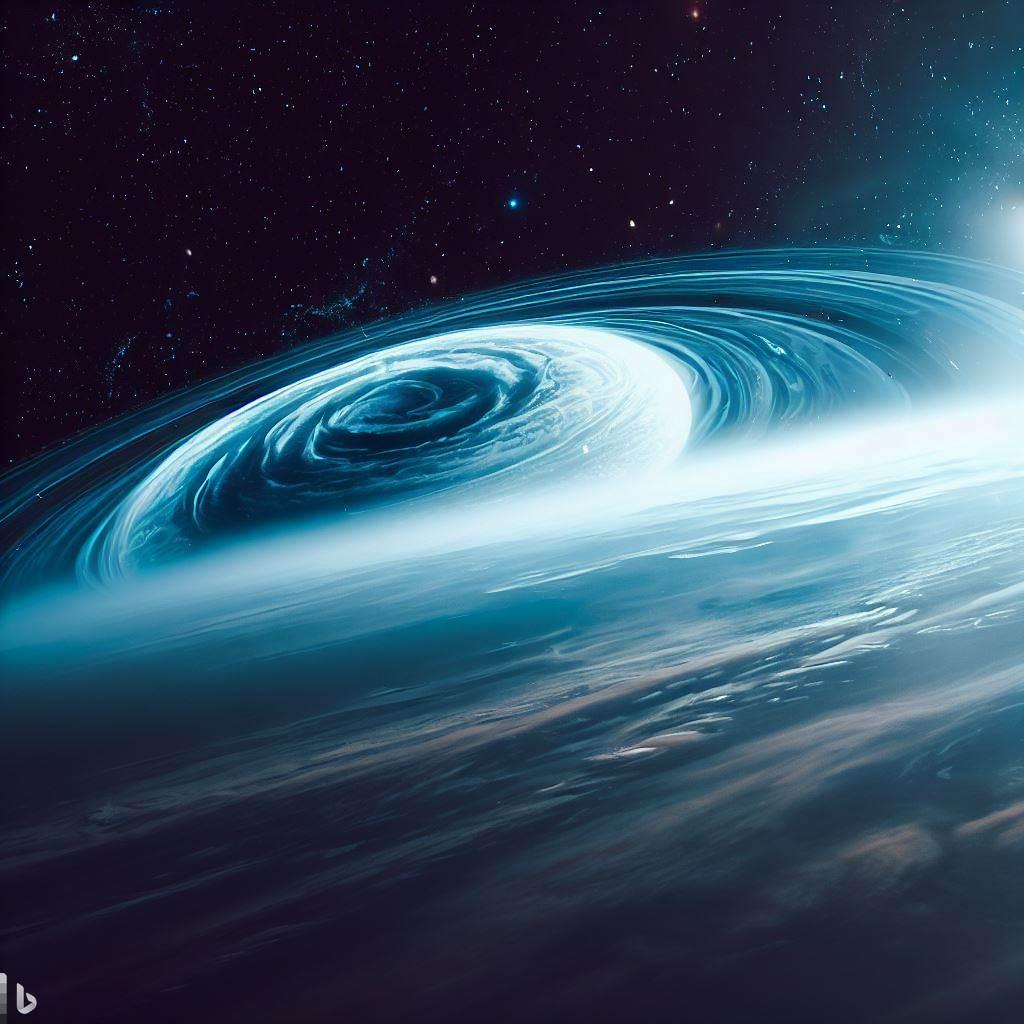In the vast expanse of the cosmos, distant galaxies like NGC 3059 beckon us with their enigmatic beauty and scientific intrigue. Situated approximately 57 million light-years away from our own Milky Way galaxy, NGC 3059 stands as a captivating specimen in the cosmic zoo, offering astronomers a window into the complexities of galactic evolution and structure.
Captured by the keen eyes of the NASA/ESA Hubble Space Telescope, this stunning image of NGC 3059 was unveiled to the world in May 2024. Equipped with the powerful Wide Field Camera 3, Hubble embarked on a cosmic journey, delving into the depths of space to unravel the mysteries hidden within this barred spiral galaxy.
At the heart of NGC 3059 lies a distinct feature known as a "bar," a elongated structure of stars that spans the galactic center like a cosmic spine. This characteristic bar formation plays a crucial role in shaping the galaxy's structure and dynamics, influencing the orbits of stars and fueling the formation of new stellar populations.
Throughout its observing program, Hubble meticulously collected data on NGC 3059 and other galaxies using a range of specialized filters. These filters act as cosmic sieves, allowing only specific wavelengths of light to pass through and reveal valuable information about the galaxy's composition, star formation activity, and stellar populations.
As astronomers sift through the wealth of data gathered by Hubble, they uncover a tapestry of celestial phenomena within NGC 3059. From sprawling spiral arms adorned with young, luminous stars to vast regions of dust and gas where new stars are born, each detail offers a glimpse into the intricate dance of cosmic forces that shape the evolution of galaxies.
One of the key insights gleaned from Hubble's observations is the role of star formation in driving the evolution of NGC 3059. By studying the distribution and properties of young stars within the galaxy, astronomers can trace its past history of star formation and gain insights into the underlying processes that govern the birth and death of stars on cosmic timescales.
Hubble's high-resolution imaging capabilities allow astronomers to study the morphology and dynamics of NGC 3059 in exquisite detail. By mapping the distribution of stars, gas, and dust across the galaxy, scientists can reconstruct its three-dimensional structure and unravel the mechanisms that govern its evolution over billions of years.
In the grand tapestry of the universe, galaxies like NGC 3059 serve as cosmic laboratories, offering insights into the fundamental processes that shape the cosmos. As Hubble continues to peer into the depths of space, each observation brings us closer to unraveling the mysteries of the universe and our place within it.
In the ever-expanding quest to understand the cosmos, NGC 3059 stands as a testament to the power of human curiosity and ingenuity. With each new discovery, we inch closer to unlocking the secrets of the universe and unraveling the cosmic tapestry that surrounds us.









Add a Comment: